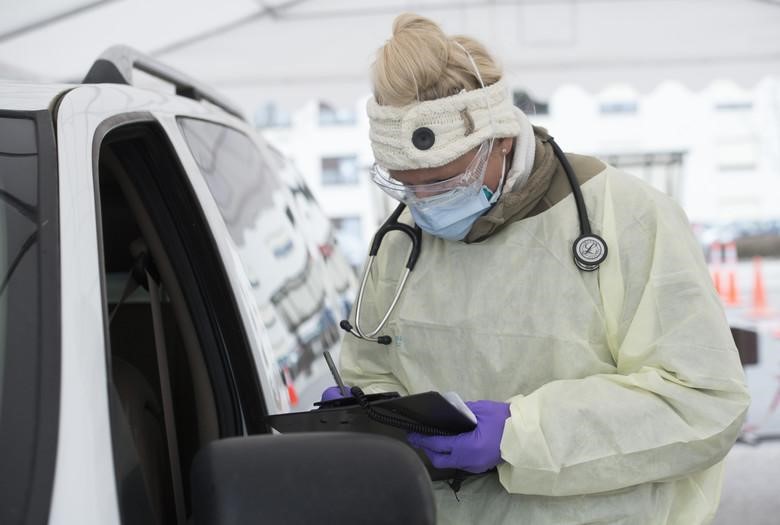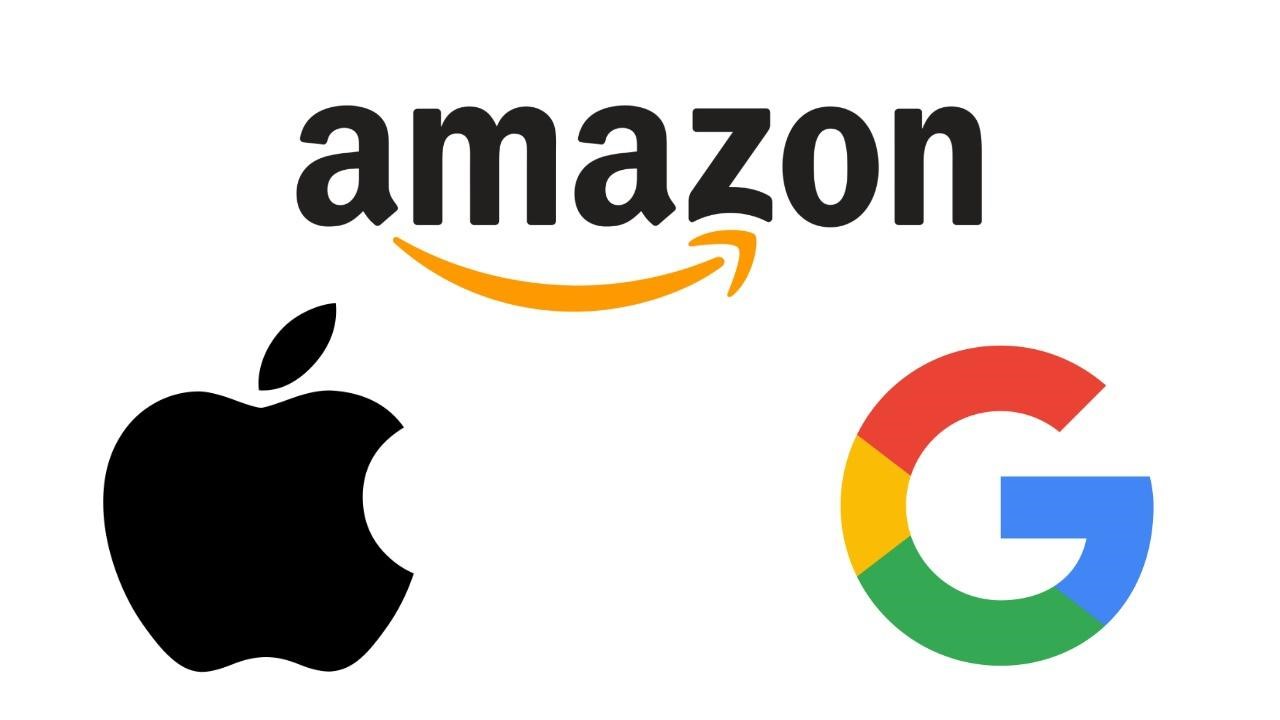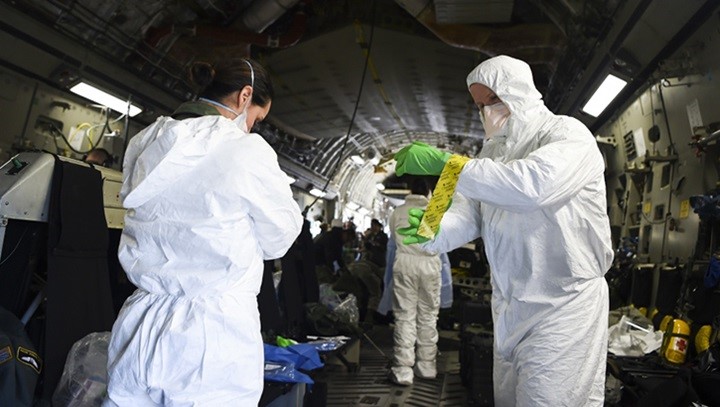We have a new Dean! Jose Velazquez is a disciplined man, focused on results, and eager to help as many people as possible. He has received numerous awards and decorations and has extensive experience in institutional research, strategic planning, academic progress (SAP), institutional budgeting, hiring development and teacher development, and programs under regional accrediting agencies such as SACS and Middle States.
He assured us that one of the flags of his administration is to achieve the total commitment from our professors to deliver the best to our students.
“The academy fascinates me because helping someone motivates me a lot. There is no more beautiful experience than seeing the students on graduation night and all the emotions they feel at the end of that stage; it is like a conquest, as a victory. When I saw that for the first time, I said, this is what I want to do for the rest of my life, this is where I want to be”.
Welcome, Dean! Cheers for the new beginnings!
Disciplina, orientación a resultados y actitud para servir: los tres pilares de nuestro Nuevo Decano AU
José Velazquez es veterano de dos guerras y sirvió al Ejército de los Estados Unidos durante 21 años, tiene más de 20 años de experiencia en el campo de la educación superior -8 de ellos como Decano de Keiser University- y ahora es nuestro nuevo Decano, en Atlantis University.
“En 1999 decidí retirarme del ejército porque la última guerra me impactó mucho. A mí siempre me llamó la atención enseñar así que cuando salí empecé a buscar oportunidades en esta área y me empezaron a llamar de diferentes universidades en las que estuve trabajando hasta que llegué a Keiser University donde estuve los últimos 8 años”.
Velazquez es un hombre disciplinado, enfocado en resultados y con ganas de ayudar a la mayor cantidad de personas que le sea posible. En su carrera en el sector académico se ha desempeñado como Decano asociado, Director de administración del campus y en el cuerpo docente de programas de pregrado y posgrado con colegios y universidades locales. Ha recibido numerosos premios y condecoraciones y cuenta con una amplia experiencia en investigación institucional, planificación estratégica, progreso académico (SAP), presupuesto institucional, desarrollo de contratación y desarrollo de profesores, y la implementación de programas bajo agencias regionales de acreditación como SACS y Middle States.
“La academia me fascina porque el hecho de ayudar a alguien me motiva mucho. No hay experiencia más bonita que ver a los estudiantes en la noche de graduación y todas las emociones que sienten ellos al culminar esa etapa, al alcanzar ese logro, es como una conquista, como una victoria, hay muchos sentimientos bellos en una noche de graduación y detrás de eso está el orgullo de sus familias. Cuando vi eso por primera vez yo dije esto es lo que yo quiero hacer el resto de mi vida, es aquí donde yo quiero estar”.
Los pilares de su gestión
La vasta experiencia con la que cuenta Velázquez en el sector académico, sumada a su Doctorado en Liderazgo en Educación Superior, a su MBA en Negocios Internacionales y a su disertación Retención de estudiantes y planificación estratégica en la educación superior, lo han convertido en un reconocido líder capaz de llevar la educación al siguiente nivel.
El nuevo Decano aseguró que una de las banderas de su gestión será lograr el máximo de compromiso de los docentes, para con sus estudiantes.
“Es fundamental que antes de que inicien las clases de un nuevo semestre los miembros de la facultad tengan los objetivos claros. Es por eso que las Faculty meetings constituyen una estrategia clave. En estos espacios normalmente traigo un tema prioritario, después de hacer un balance del semestre anterior, para comprometer a los profesores con planes de acción claros para atender las necesidades puntuales y para recordarles su compromiso de entregarles lo mejor a nuestros estudiantes”.
De acuerdo con el nuevo decano Atlantis University “los profesores son quienes hacen a la institución, son la cara de la universidad y es gracias a ellos que los estudiantes avanzan en sus carreras”, es por eso que uno de los grandes focos de su gestión se centrará en fortalecer el cuerpo docente de AU.







